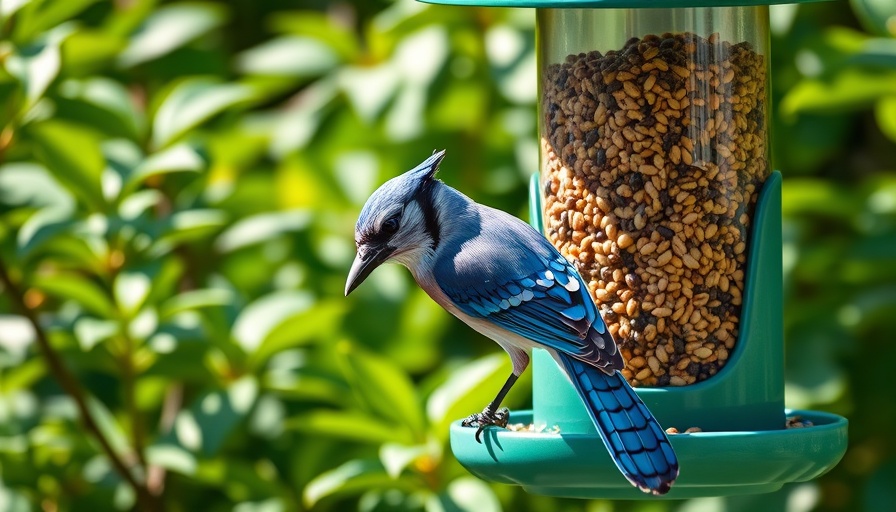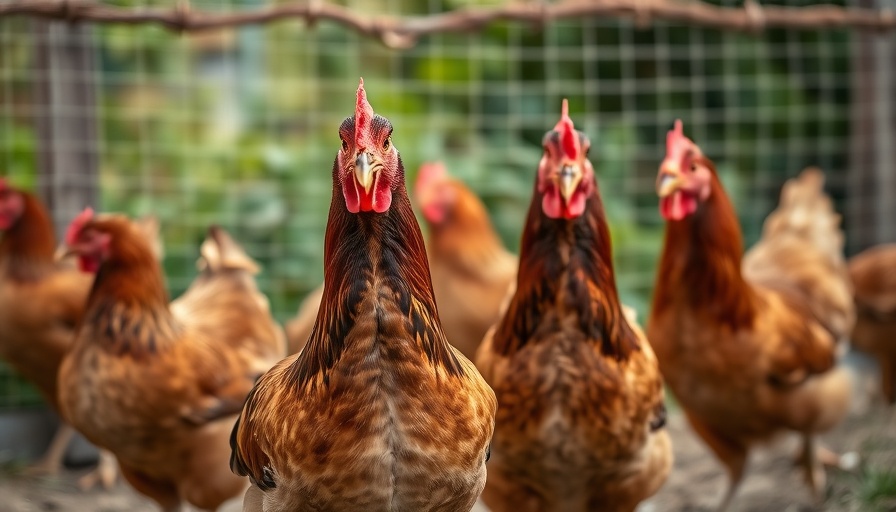
The Importance of the Right Bird Feeder
Welcoming feathered friends to your backyard offers more than just joy; it's about creating an ecosystem. Selecting the right bird feeder is essential for attracting a variety of birds and enhancing your observation experience. The right feeder not only supports your local bird population but also fits your lifestyle and aesthetic preferences. The wrong one? It might deter the very birds you're hoping to see.
Understanding Different Types of Feeders
When considering how to choose the right bird feeder, you’ll encounter numerous types, each catering to different bird species and environmental conditions:
- Hopper Feeders: Resembling small birdhouses, these feeders hold seed in a central bin that dispenses as birds eat. They're perfect for cardinals and finches.
- Tube Feeders: Tall structures that allow for multiple birds to feed at once, primarily suited for smaller birds like chickadees.
- Tray Feeders: Ideal for ground feeders, these open platforms attract a broad variety of birds but require more frequent cleaning.
Factors to Consider When Choosing a Feeder
Key considerations in selecting a bird feeder include:
- Bird Species: Identify which birds you're eager to attract and select feeders designed for those species.
- Location: Place feeders where birds can feel safe from predators while also being visible from your home.
- Maintenance: Remember that feeders need to be cleaned regularly to prevent disease.
Enhancing Your Backyard Experience
Bird feeding can be an insightful hobby that connects you to nature. Each feeder is a gateway into the habits and behaviors of birds in your region. If you're just starting out, consider beginning with a hopper feeder filled with sunflower seeds, which are a favorite among many birds.
By choosing the right bird feeder, you can transform your yard into a lively space filled with beautiful avian visitors, enriching your outdoor experience immensely.
 Add Row
Add Row  Add
Add 




Write A Comment